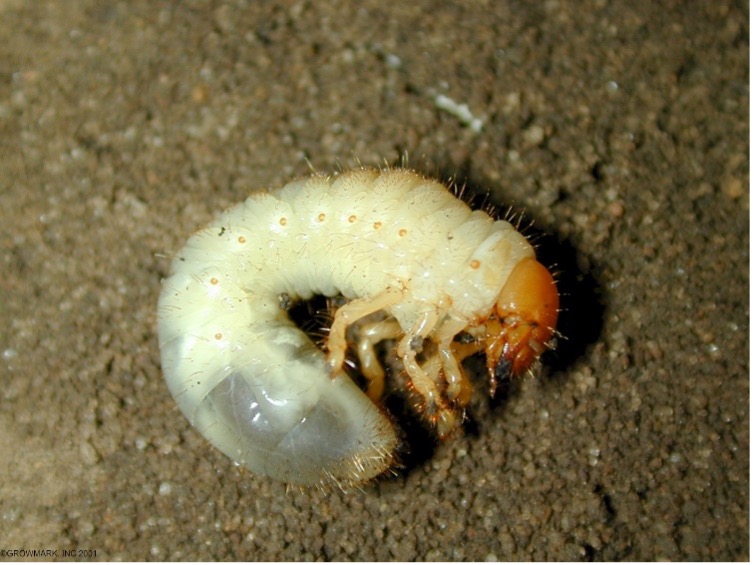ILSOYADVISOR POST
Do not forget to assess fields for wireworm and white grubs before planting
Although some parts of Illinois have started to get beans in the ground, most of us are still waiting for soils to dry out and warm up. Something that should be on our radars in the week or two before planting are soilborne insect pests that may affect our soybeans. Wireworms and white grubs are the two pests of importance in Illinois, and on occasion these insect larvae can cause significant reductions in stands and early season plant vigor. High risk fields should be on the list for preseason evaluations.
Fields at elevated risk for wireworm and white grub damage are those where soybeans are being planted early, behind sod, fallow, or a grassy cover crop, or in fields where high numbers of Japanese beetles were present the previous year. Fields where wireworms were detected the previous year, or 3-year grubs were detected the previous year, are also at elevated risk for related crop damage. These fields should be a top priority for sampling.
Making preplant assessments for these pests is easy. Simply dig at least a 2-ft x 1-ft x 6-in deep hole in at least five locations throughout the field. A “W” or zig-zag pattern works well for this purpose. At each location, break up the soil onto something like a black plastic trash bag and record the number of wireworms or grubs at each location. An average of one or more wireworms and two or more grubs per location would indicate a potential wireworm/grub issue.
If your assessments do indicate an issue, the use of a seed treatment, hopper box, or soil-applied insecticides should be considered. Make sure that the rate used is sufficient for wireworm and white grub suppression. These additional steps can help minimize potential losses and maximize your return on investment.

Figure 1. Wireworms persist in the soil for several years and are most problematic when soils are cool and moist.

Figure 2. White grubs are larvae of scarab beetles with brown heads and six distinct legs.





Comments
Add new comment